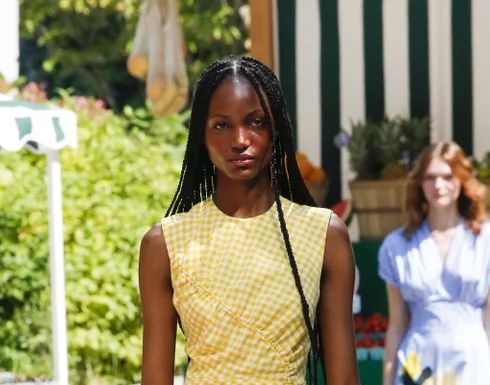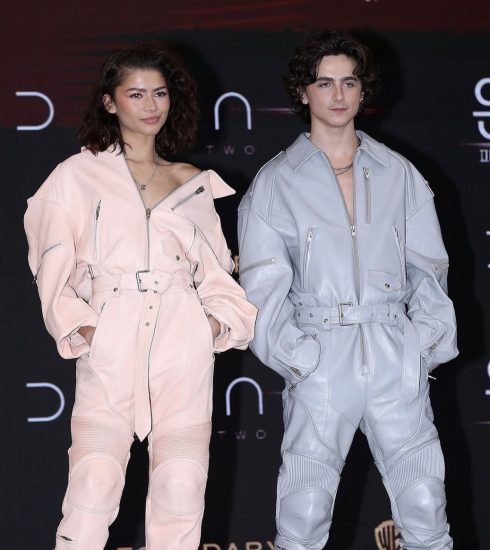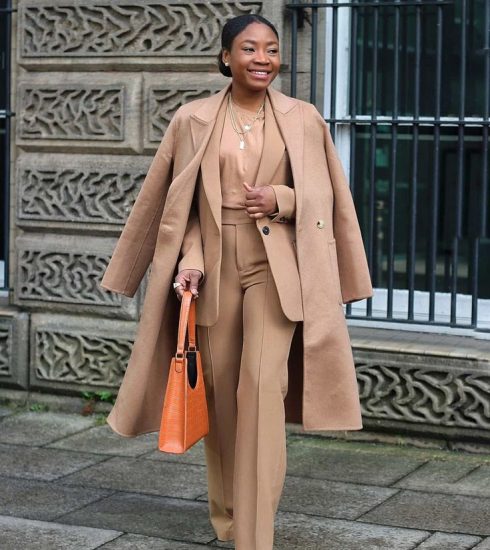Men’s Shoe Guide: What to Wear With What
Shoes are a very important part of our everyday fashion staple. We wear them every day, you cannot find your way around not doing so. Especially for men, whose fashion choices are already much smaller than women’s, shoes are usually the determinant metric when deciding how well they are dressed. In this guide, we hope to help you with the one-million-dollar question you always have whenever you have to dress up for an event. What should you pair your Chelsea boot with? Can you rock your brogues with a pair of jeans?
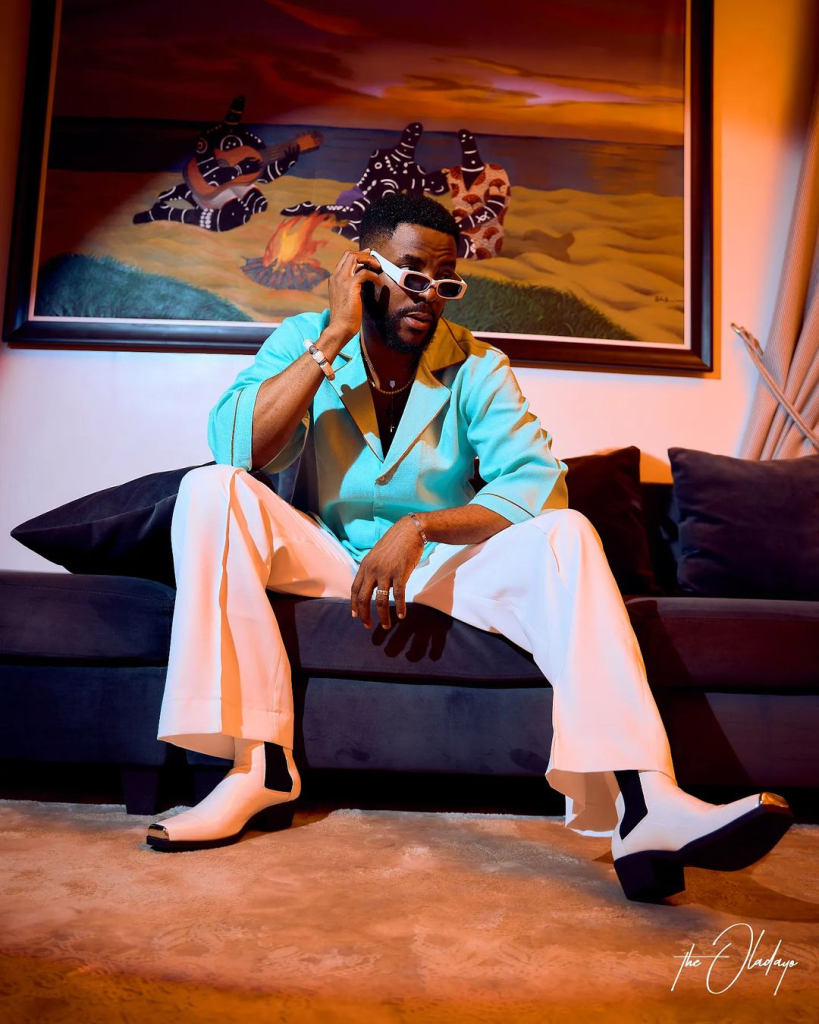
Here are the ways to wear all the shoes in your closet.
CHUKKA AND DESERT BOOTS
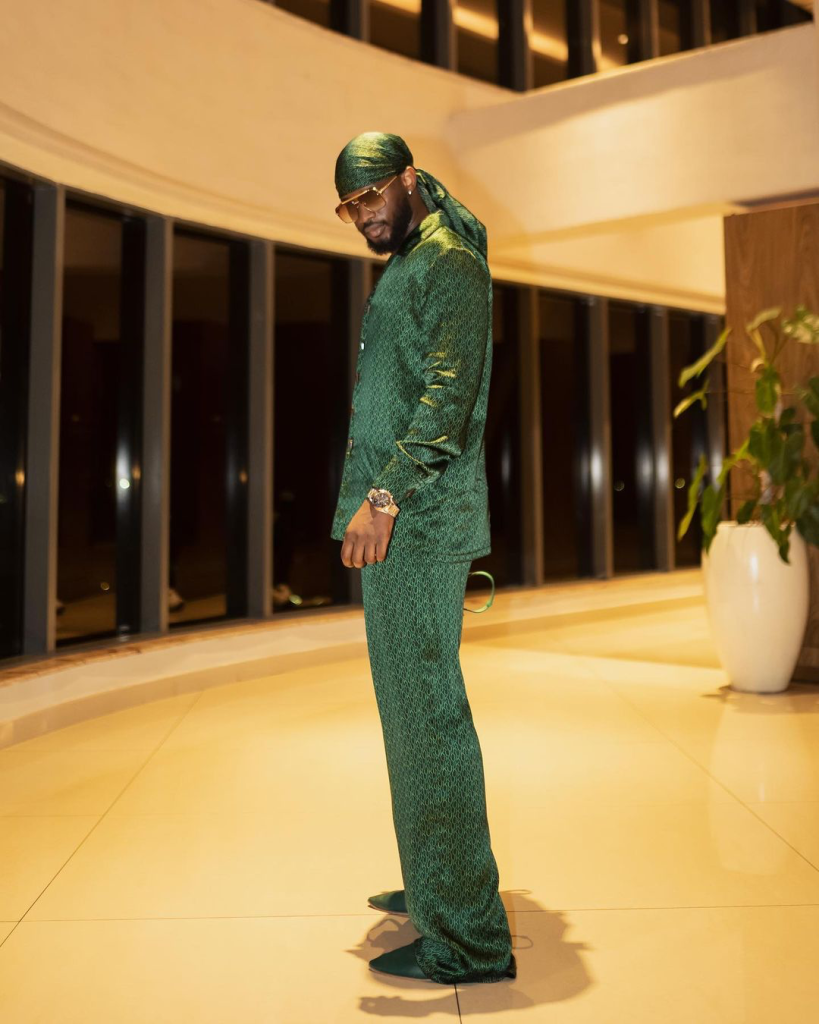
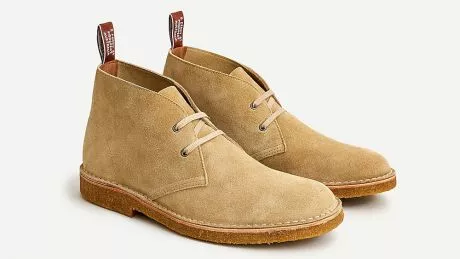
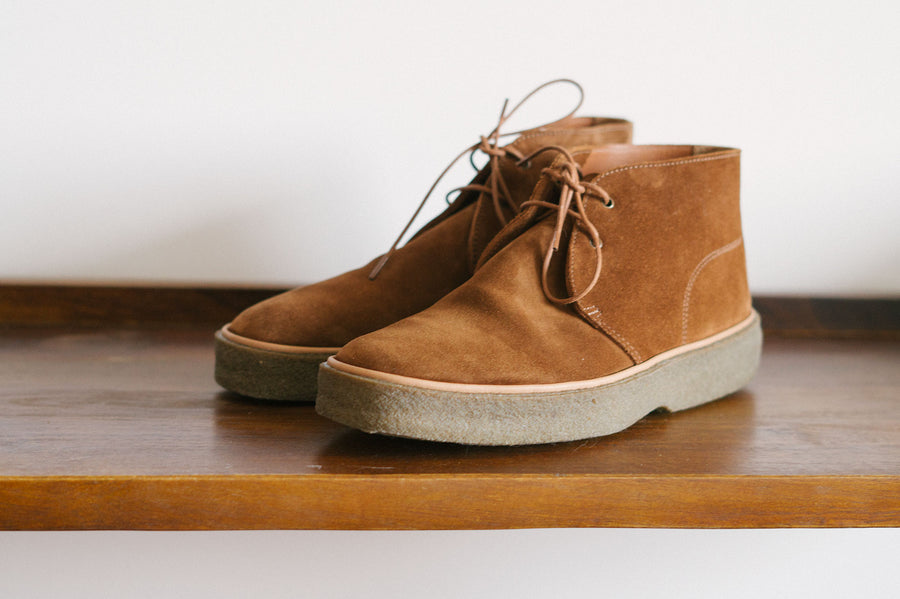
People use ‘Chukka Boot’ and ‘Desert Boot’ interchangeably, but they’re actually different shoes. Chukkas traditionally have a leather sole, while Desert Boots are finished in crepe rubber. Technically, Desert Boots are a kind of Chukka, but both styles work pretty much the same way. They’re your classic weekend casual boot: with that iconic high ankle, rounded toe, three eyelets and thin laces. Styling these boots is incredibly easy, which is what makes them so versatile. Throw them under jeans, chinos or even shorts. Also keep an eye out for toe-cap, lace-up worker boots. These are chunkier, military-style desert boots, with thick rubber soles and high ankles—perfect for the rainy season.
CHELSEA BOOTS
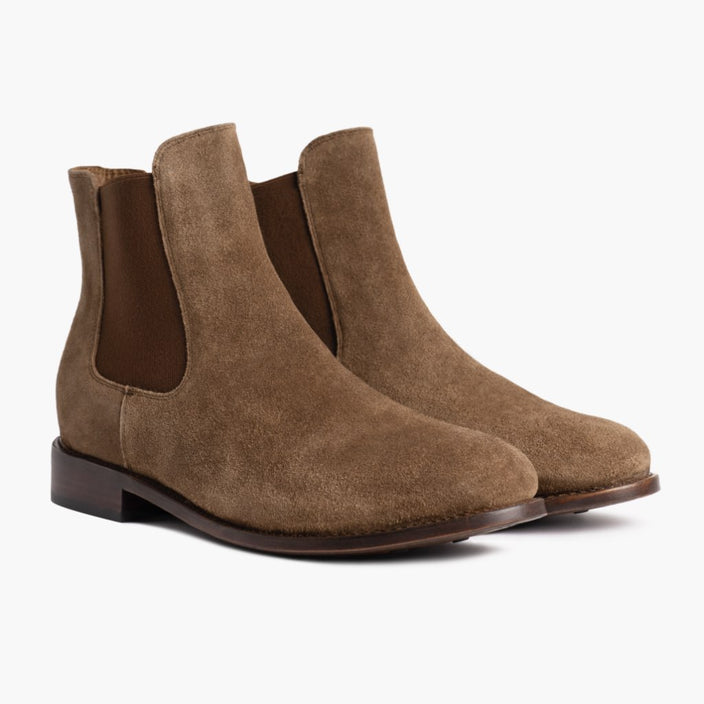
You’ll know a Chelsea boot when you see one. They are close-fitting, ankle-high leather boots that look good under jeans or suit pants. What makes them a ‘Chelsea’ is the elastic side panel (technically their upper needs to be made from two pieces of leather, stitched together). For years, the Chelsea boot has been a favourite for rockstars and trendsetters. These days, it’s your go-to smart casual boot. Almond-toed suede Chelsea boots look great under jeans or chinos. If you want to match Chelsea boots with a suit, look for a chiselled toe, traditional leather, and clean, sharp lines.
OXFORD SHOES
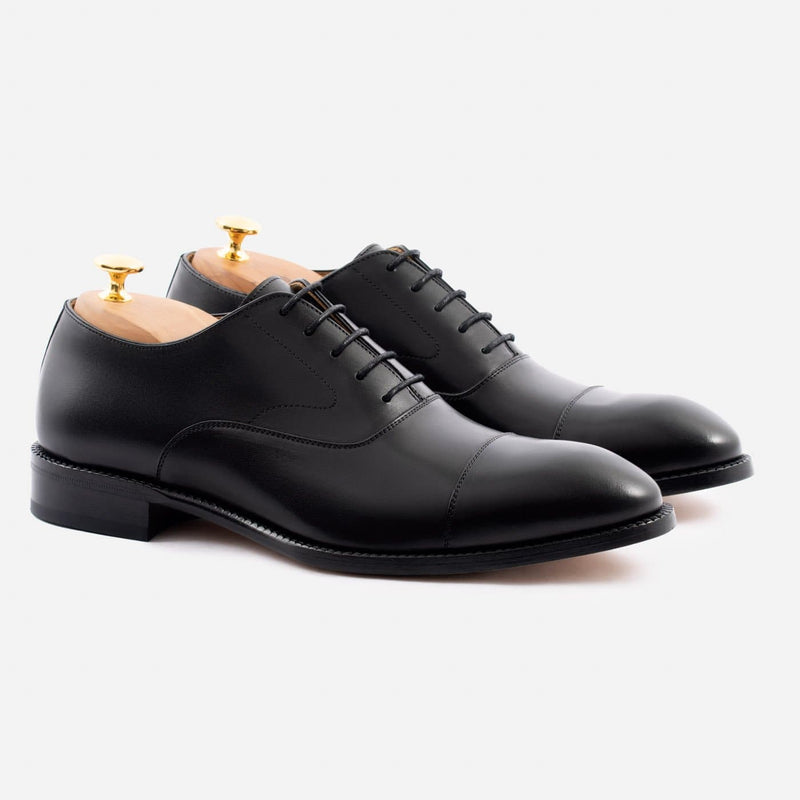
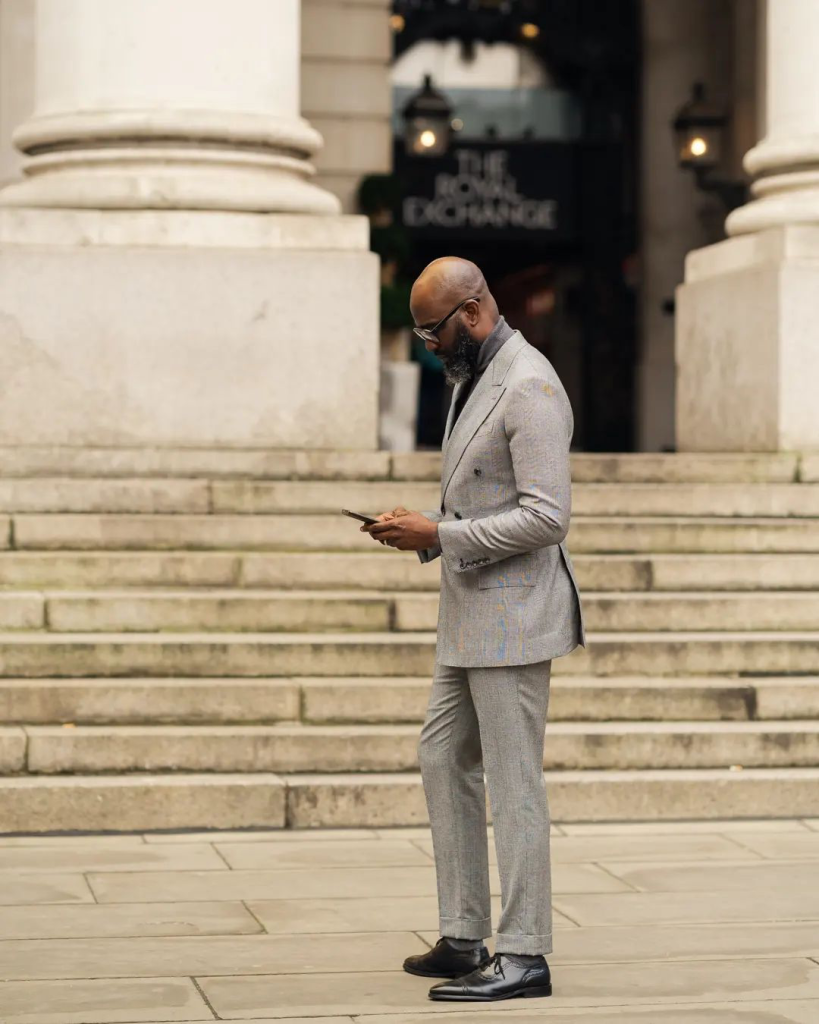
Moving into the dress shoes now, we’ve got our old favourite: the Oxford. There are a bunch of different types of Oxford— Plain Toe, Wing Tip, Whole Cut, Cap Toe—but don’t worry too much about that stuff. Your basic Oxford is known for ‘closed lacing’, which means the two front bits come together underneath the vamp. This makes it look like the Oxford is forged from a single piece of leather. It’s your nononsense business shoe, dress shoe or black tie event shoe, with clean lines that suit a slightly narrower foot. If you’re going for versatility, look for colours like black, tan or dark brown. Odds are good they’ll match most of your suits.
DERBYS
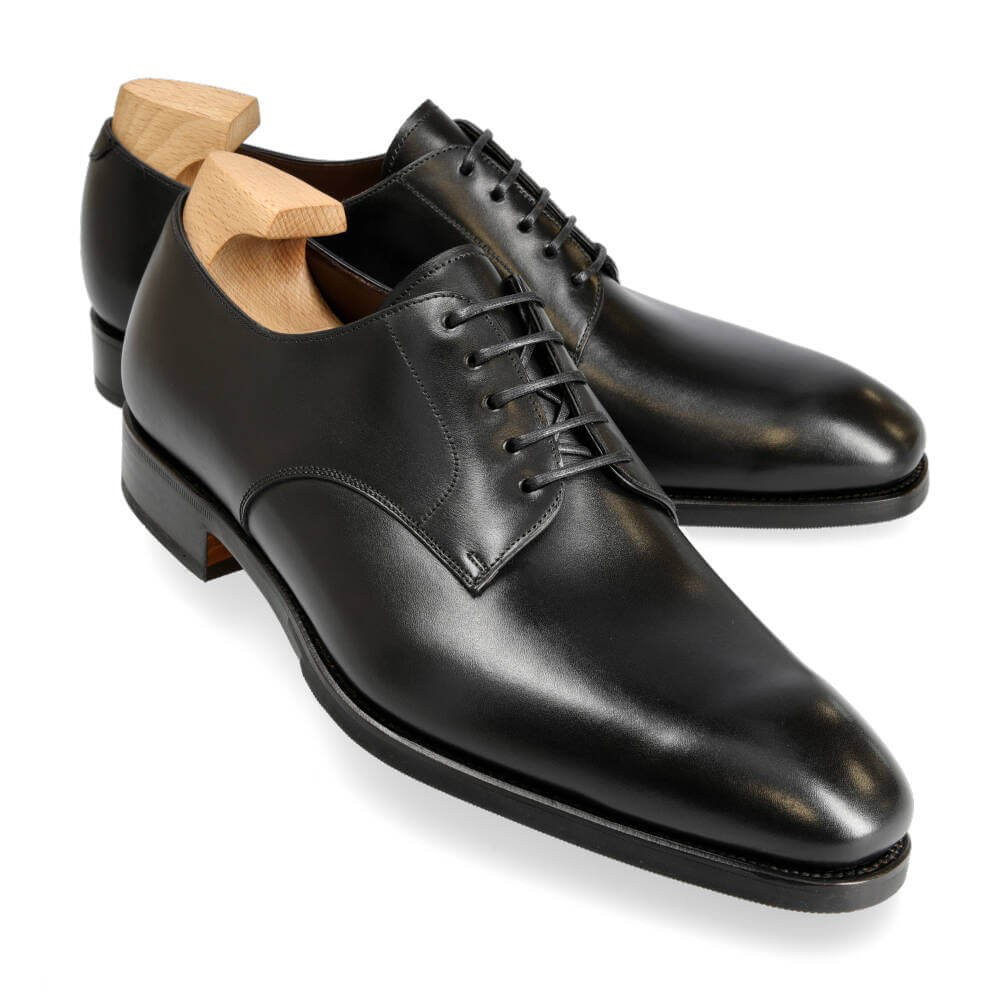
Derby shoes look pretty much like Oxfords, except in this case, the lacing is ‘open’. That just means the two halves of your shoe sit above the vamp. It also means Derbys aren’t quite as formal as Oxfords. They’ve got a more casual vibe about them (with some obvious exceptions). This makes them perfect for textured suits, linen blend suits, wool knit blazers and smart casual events. You can throw Derbys under a navy wool suit or tapered dress chinos—it’s really up to you. Because of their wider, looser fit, some people reckon Derbys are more comfortable than Oxfords. Something to keep in mind for those weddings that drag on and on…
MONK STRAP SHOES
The monk strap shoe is one of the most enduring footwear styles of all time. Classy yet fashionable, they can be slipped on and off and are perfect for the laceadverse gentleman. The finely crafted nature of the monk strap lends it a dash of formality with a sophisticated note. Meanwhile, the straps themselves add a tone of playfulness to any outfit. This religiously named shoe comes in either a single or double monk, indicating the number of straps. The single monk strap is understated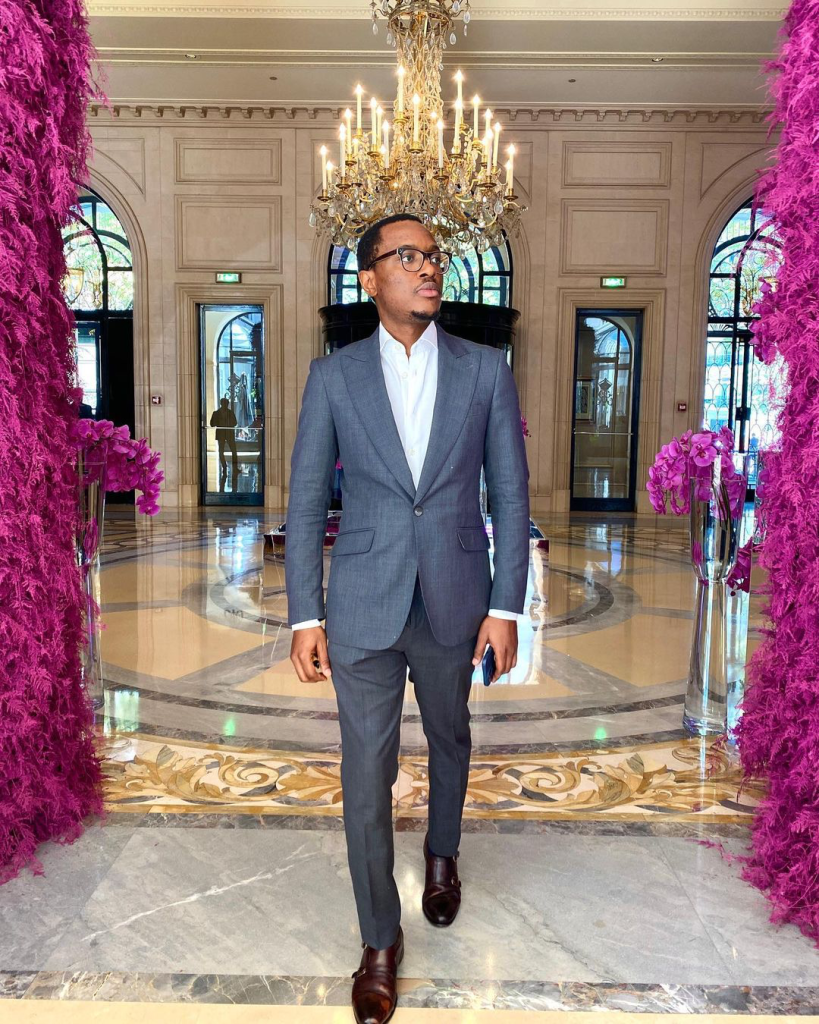 and has a cleaner silhouette, making it well-suited for business and formal attire. Meanwhile, the double monk strap provides the perfect opportunity to show some personality. Their edgier appearance works well for casual and business casual occasions, as well as weddings and parties. The monk strap shoes can be won with suit pants, chinos, jeans and shorts.
and has a cleaner silhouette, making it well-suited for business and formal attire. Meanwhile, the double monk strap provides the perfect opportunity to show some personality. Their edgier appearance works well for casual and business casual occasions, as well as weddings and parties. The monk strap shoes can be won with suit pants, chinos, jeans and shorts.
DRIVING SHOES
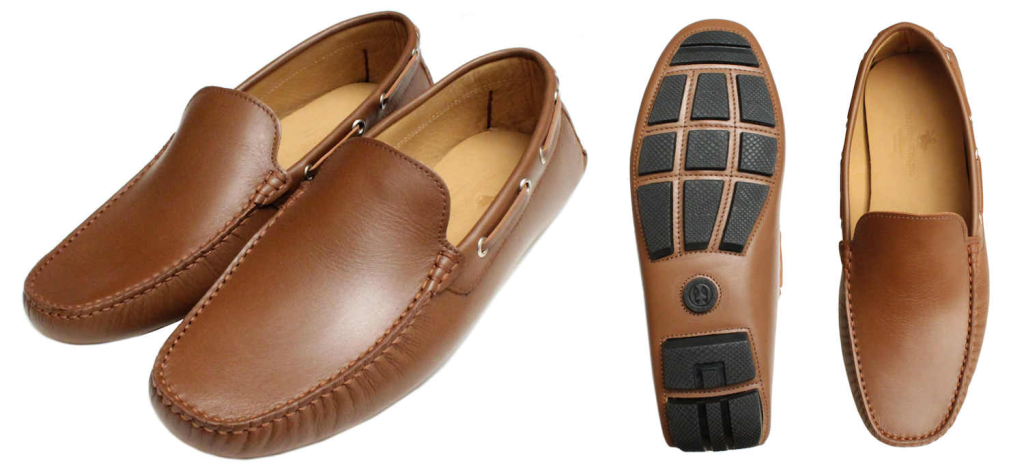
Driving shoes were made for driving. Makes sense, right? This is an umbrella term for any slip-on casual shoe made from suede, leather or Nubuck, usually with a grippy, rubber-grommet sole. The big ones you want to look out for are moccasins and driving loafers, but we could chuck boat shoes and even espadrilles under this category. The trick with driving shoes is comfort. You want to look breezy and casual. That means chino shorts, linen shirts, good-quality Ray Bans, or maybe some high-cuffed chinos. Wear these shoes on long road trips or weekend getaways. They’re insanely comfy—more like foot gloves—and you can slip them off when nobody’s looking.
BROGUES
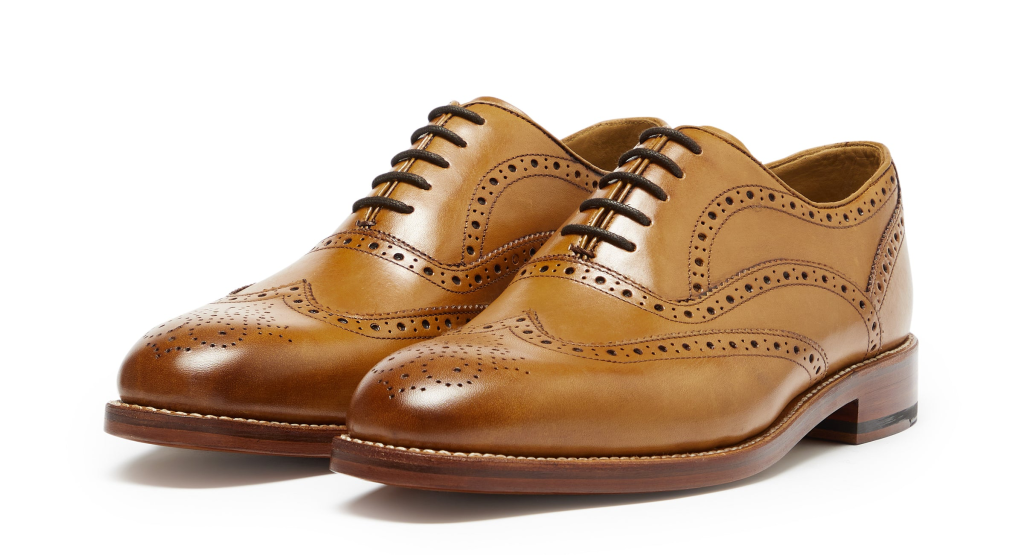
‘Brogues’ aren’t actually a type of shoe. ‘Brogueing’ just refers to the punched leather pattern on the shoe’s surface. You can have Oxford brogues, Derby brogues, and even brogued loafers. Some ankle and Chelsea boots also come with brogueing these days. Really though, brogues aren’t fancier than any other type of dress shoe—it’s more down to personal taste. You either like patterned leather or you don’t. The only time you should really skip brogueing is when it says ‘black tie’ on the invitation. Stick to simple, black, patent leather shoes for black tie events (Oxfords or Derbys are ideal). You don’t want flashy details to distract from your tux.
LOAFERS
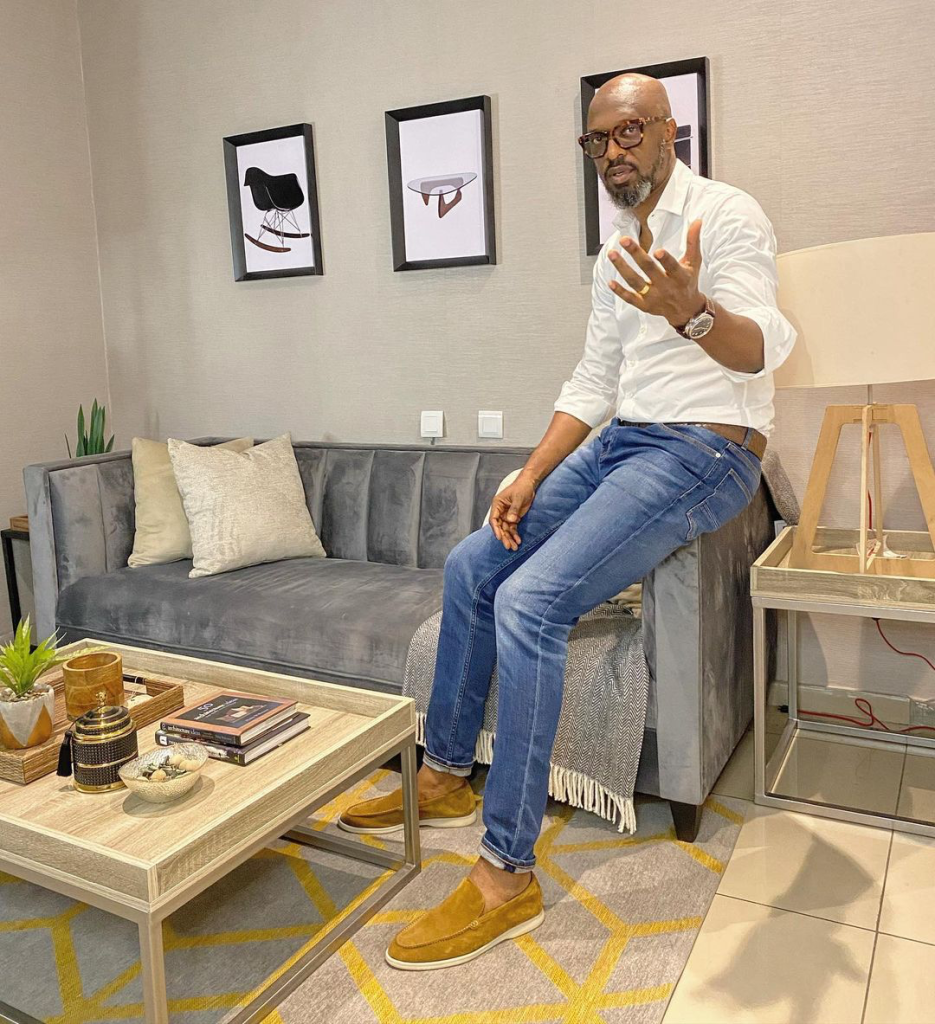
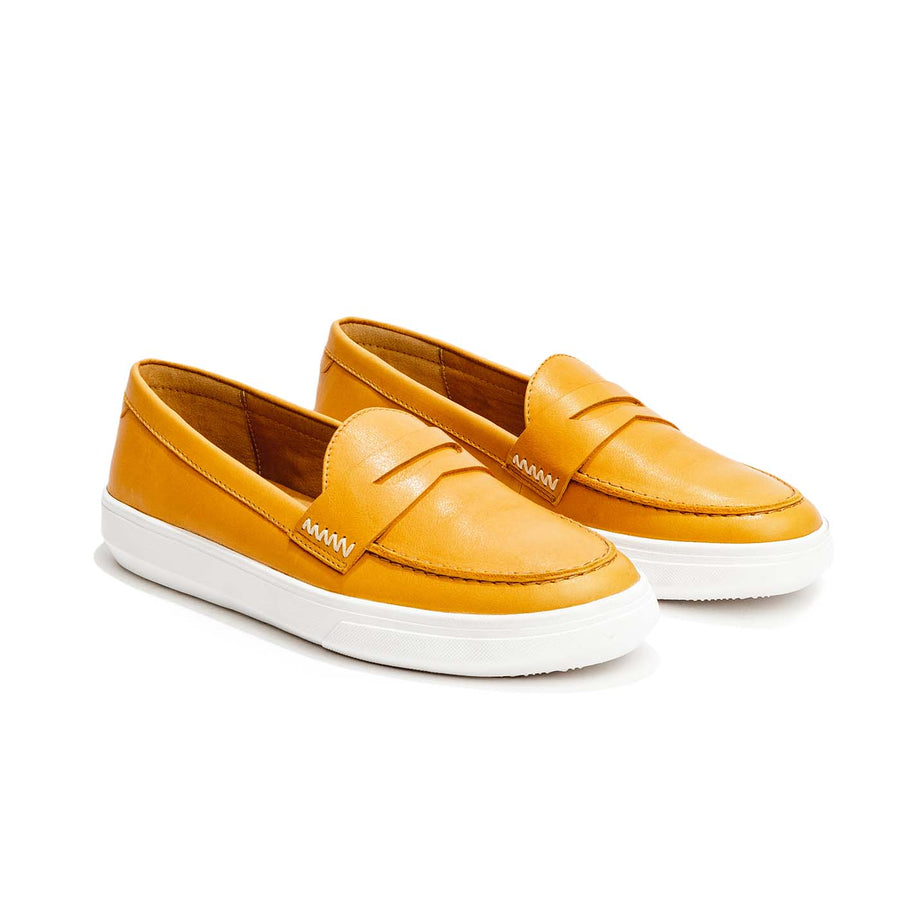
Loafer basically means ‘dress shoe without laces’. If you see a leather slip-on that looks like it belongs under a suit, you’re probably looking at a loafer. These shoes became the go-to business shoe in the 1960s, and they’re still very popular today. You can get ‘Penny Loafers’, ‘Tassel Loafers’ and ‘Bit Loafers’. They come in leather or suede, and you can find loafers that match pretty much every colour of the rainbow. We like these shoes for smart-casual event wear or Saturday at the lounge. They’re comfier than Oxfords and Derbys and they’ve got a sleeker, more contemporary shape. If you’re thinking of rocking loafers under a business suit, stick to sharp Penny Loafers. Loafers are also generally the go-to shoes for traditional attires.
MULES (HALF SHOES)
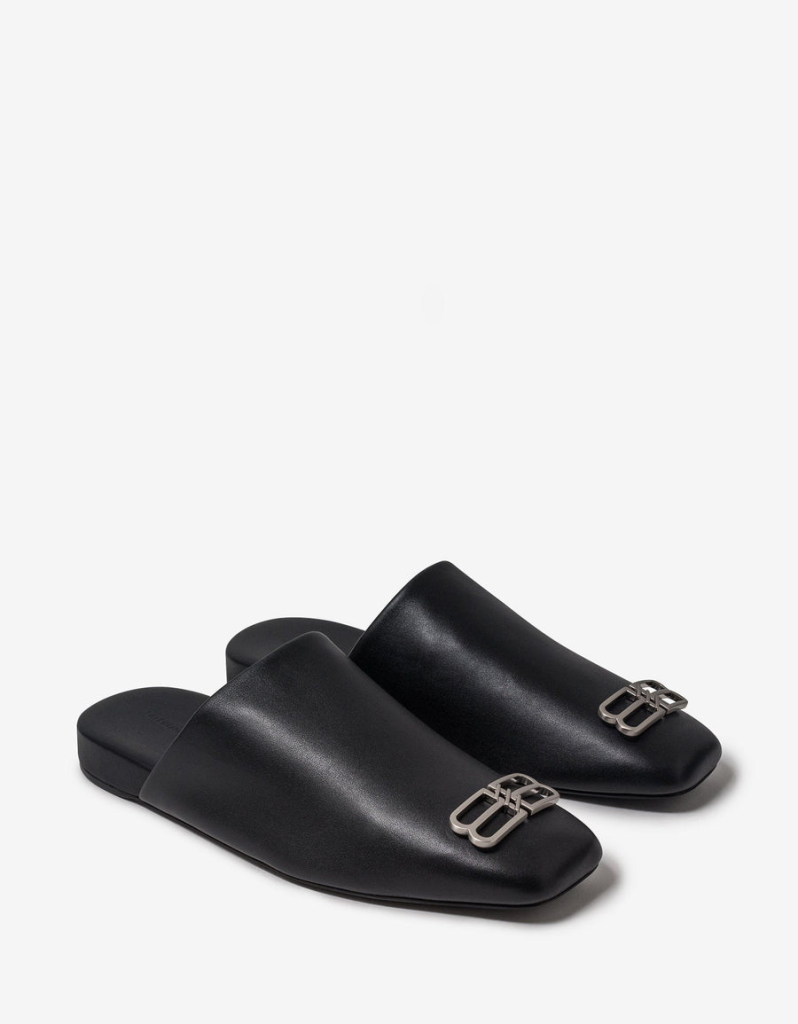
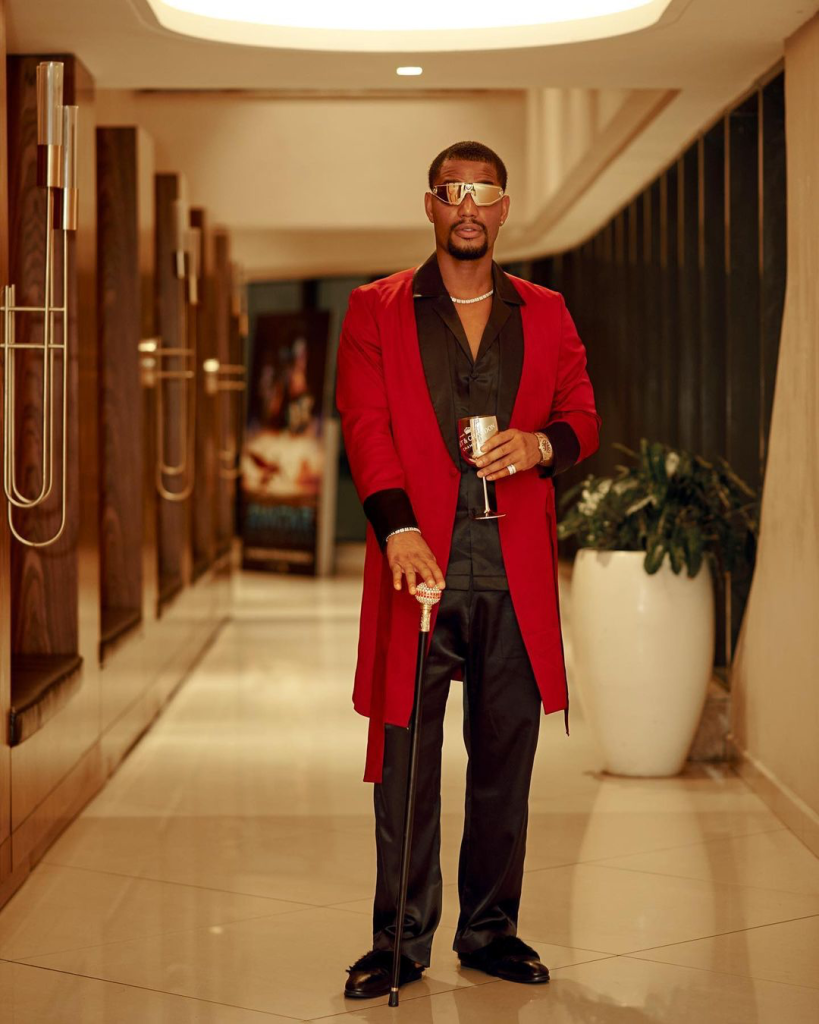
These half-shoes were the trend back in the ’90s and they were the shoes of the century. Considered luxury and dressier shoes with no platform bottoms, everyone who is either fashionable, stylish or classy wanted to have them in their shoe closet. They were made in many different types of materials like leather, suede and various fabrics and sometimes were decorated with buckles, beads, feathers, and colourful embroidery. Make no mistake, mules are neither dress shoes nor loafers, they are slippers and perhaps the most casual shoe in this article alongside sneakers. You can rock your half shoes with shorts or free-flowy suit pants. You can also wear it with your traditional outfit to a casual close-knit event.
SNEAKERS
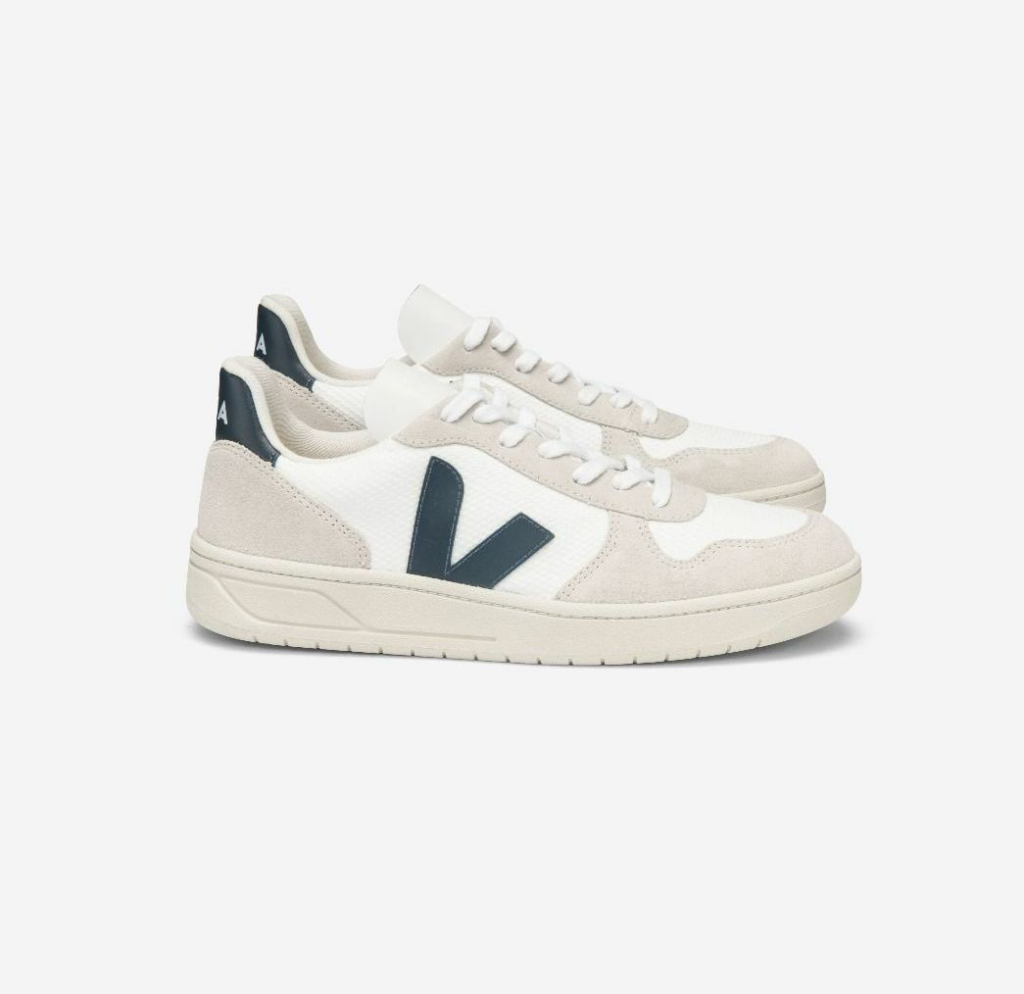
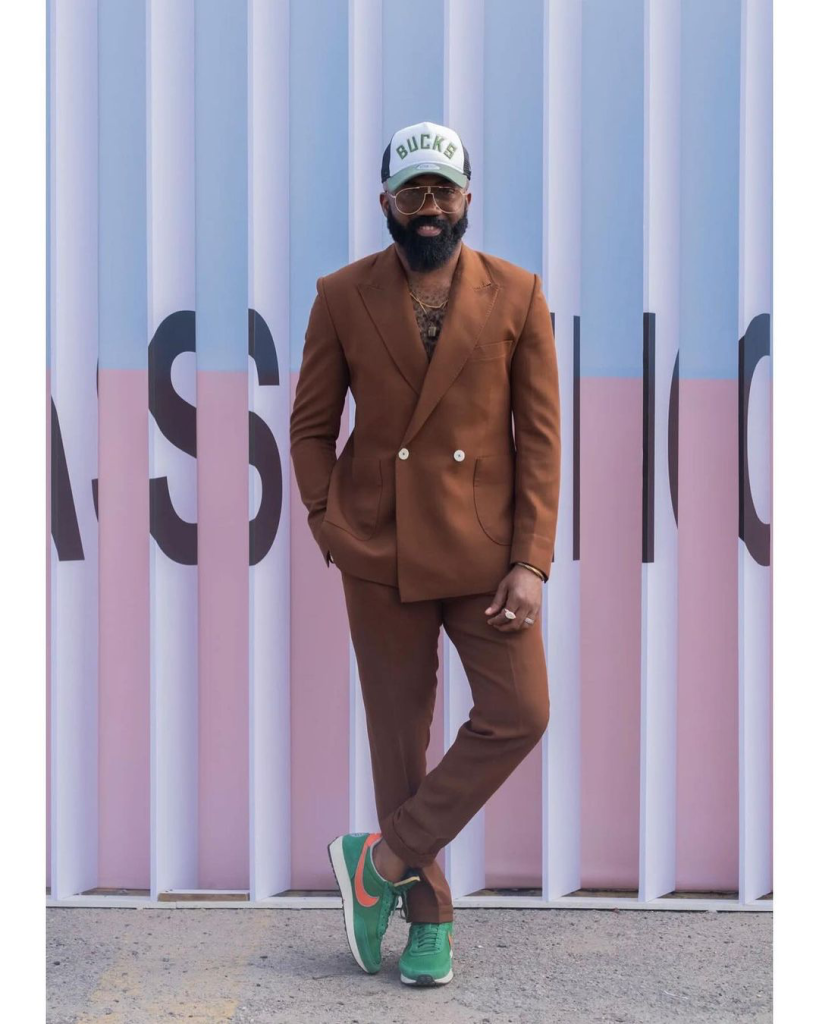
We’d need a few thousand words to break down all the different types of men’s sneakers. But here’s the short version. Start with one pair of white leather or black leather sneakers. These are the most versatile shades, and you can wear them anywhere except weddings, funerals and job interviews. They even look good under a slim-fit navy or charcoal suits. Once you’ve got the basic styles nailed, branch out your collection and look at tonal leather sneakers (like the Toscella), chunky athleisure sneakers and suede casual sneakers. Styling these guys is a no-brainer: wear them under jeans, wear them under chinos, wear them with shorts, or wear them to the gym. Just remember to get your hem right: when it comes to sneakers, your pants should sit slightly higher on the ankle, neatly cuffed, without the natural ‘break’ you get with suit pants. Sneakers are made to be seen. Let your ankles get some breeze.
Self-identifies as a middle child between millennials and the gen Z, began writing as a 14 year-old. Born and raised in Lagos where he would go on to obtain a degree in the University of Lagos, he mainly draws inspiration from societal issues and the ills within. His "live and let live" mantra shapes his thought process as he writes about lifestyle from a place of empathy and emotional intelligence. When he is not writing, he is very invested in football and sociopolitical commentary on social media.




